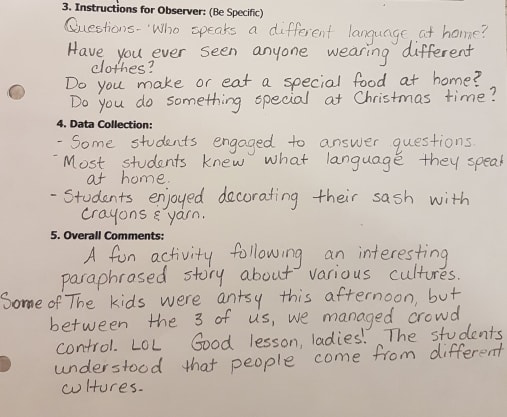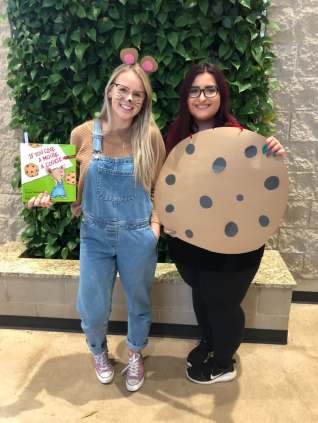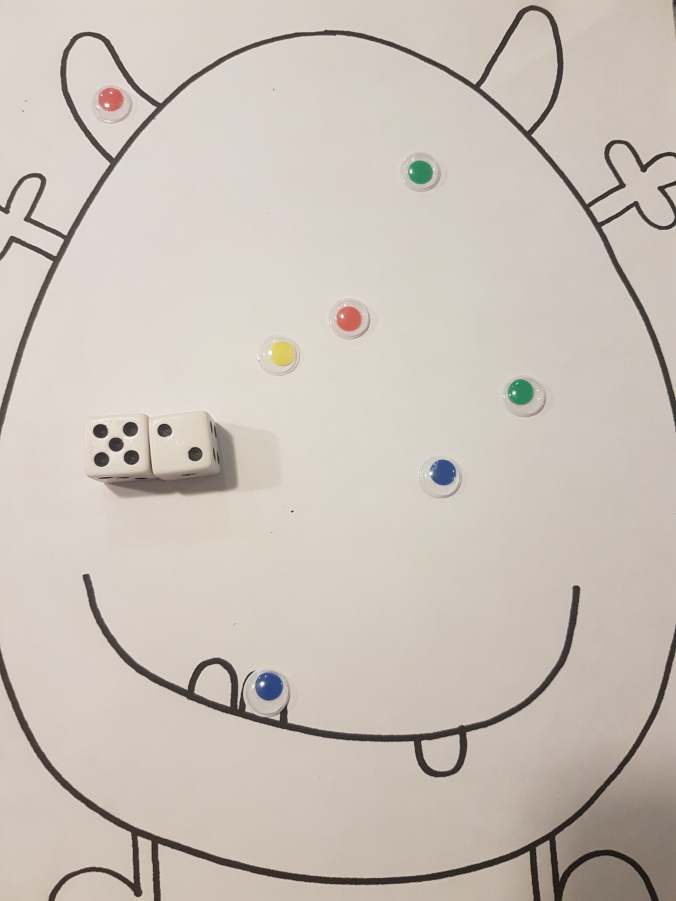As an educator, I recognize that creating, addressing and reflecting upon my assessment practices is a responsibility that I must obtain; not only am I obligated to stay up-to-date with detailed and informative assessment results to my employer, but I owe it to my students to provide assessment results that are meaningful. Assessment is essential in the classroom because collected data determines whether the goals, objectives, and aims of the Saskatchewan Curriculum have been met. Assessment should not simply be considered the act of putting a grade on the academic success of a student. Rather, my assessment philosophy is centralized around the idea that assessing students should be used for the purpose of improving teaching strategies, redirecting materials and gaging an understanding of interest/participation level.
During assessment practices, I believe that a teacher’s role is to be engaged with, as well as observant of the process of learning that is taking place for each individual student. Authentic learning takes place in the process of inquiring, questioning, exploring and discovering. Authentic assessment lies in the ability of an educator to communicate with, inform and encourage future growth in learning.
I will format my understanding of assessment practices in the following points:
Self Assessment is used as a valuable learning tool which enables students to engage with, and take control of, their learning. When self-assessment is conducted with a purpose, the teacher has co-created criteria and expectations with the class and has provided a demonstration. Students are given time to reflect on their own learning while being considerate of expectations. Students need to be given the opportunity to practice this as it takes experience to learn how to analyze. Rather than self-assessment being used solely to reflect upon completed projects, the practice should be integrated throughout the learning and used periodically. Through this process, students will gain many positive skills. Responsive Classroom: Self-Assessment and Goal Setting Go Hand in Hand demonstrates why using self-assessment is beneficial for the holistic growth of students.
Students learn:
- To develop critical thinking skills
- To reflect and monitor their learning
- To develop a growth mindset
- To build resistance and to further consider how to tackle a challenge
- To develop problem-solving skills
- To become autonomous learners
Throughout the learning process, the teacher needs to collect evidence of learning to add to the student’s portfolio. Teachers should use the triangulation method (a combination of conversations, products, and observations) to ensure their evidence is reliable and valid. One assessment textbook, called “Making Classroom Assessment Work” written by Anne Davies demonstrates the open possibilities for evidence. Some ideas include, but are not limited to, the following:
- Presentations
- Pamphlets
- Informal videos, commercials
- Student-demonstrations
- Etc.
Students should be given a choice and allowed the opportunity to propose their own ideas!
Formative Assessment is a process used for students and teachers alike to consider learning, areas of growth and future transformative practices that may take place. While students engage in formative assessment, they are informing the teacher on what they have learned, what they do not yet understand, possible confusions and areas of understanding. It is important to take this time to help students navigate through mistakes and to guide students in the process of creating goals. Teachers should take this knowledge and transfer it to their planning processes. During this time a teacher may consider:
- How can I better serve this student?
- What learning style helps this student to succeed?
- What areas do I need to reteach?
- Are the students prepared to progress to the next stage of learning?
- Am I peaking new interest – should I redirect my focus to allow my students the option to inquire?
Students require meaningful feedback to prompt them in furthering their learning. I understand that creating this feedback will help build relationships, strengthen self-esteem and help the students focus on their next challenge. Students must be built up in order for them to gain the confidence needed to continue their learning.
Summative Assessment occurs at the ‘end’ of a unit. Summative assessment is used for the teacher to measure what the students have learned, how they view the information as applicable and perhaps what new information they found through the process of inquiry. Summative assessment provides an understanding to the teacher of how the student has grasped curriculum requirements. Teachers will take this information to plan for, and adjust, the next unit of study.
The summative assessment looks different for different students. Differentiation in instruction and assessment is required to allow students to show what they know, in a manner which makes them feel comfortable and supported.
Please watch the following video to gain a glimpse of how I used summative assessment in a kindergarten classroom while learning about capacity in math:





























 in terms of where I would like to see growth:
in terms of where I would like to see growth:

